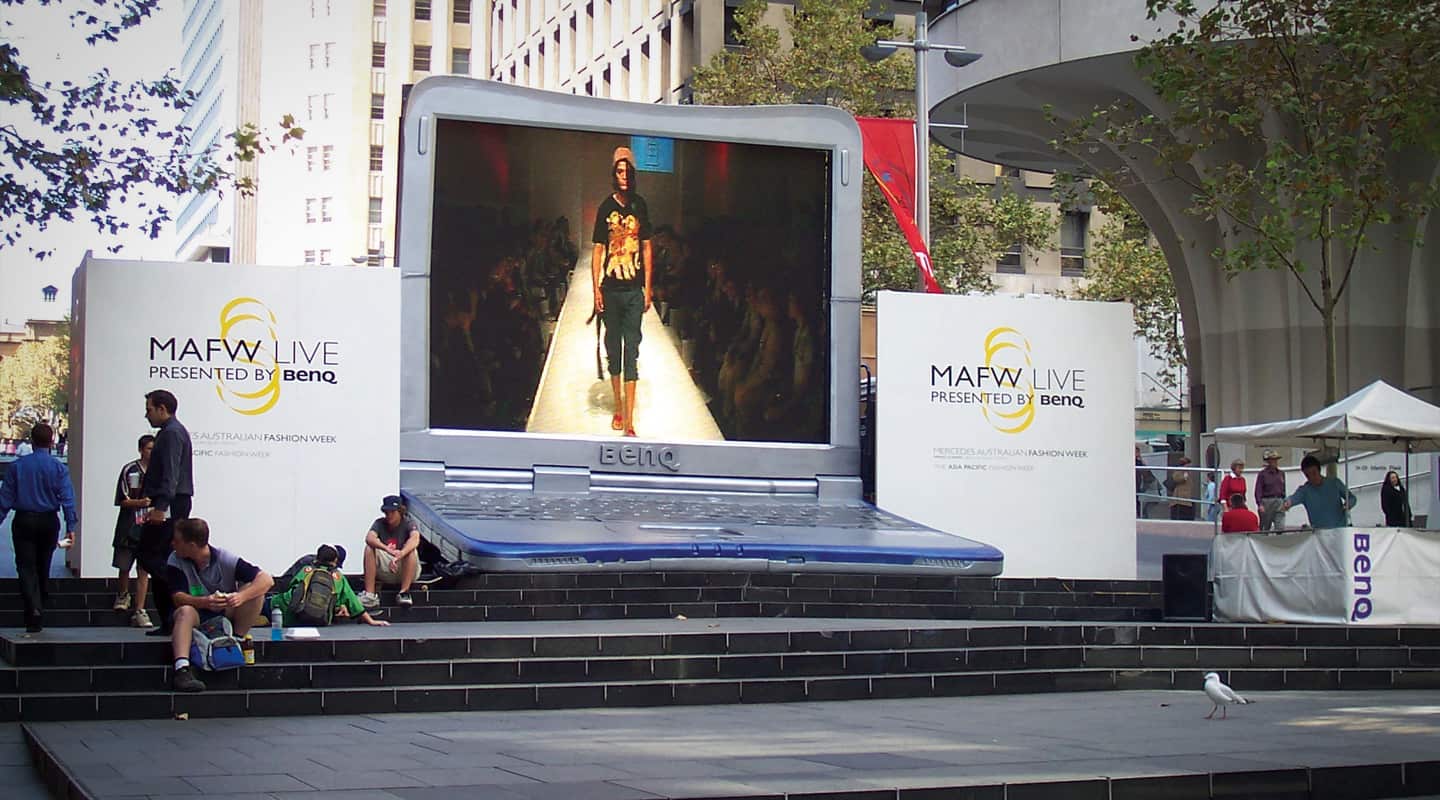
LED Screens: Getting The Big Picture
“You reckon you could drop that round to my place after the gig?”
Text:/ Paul Newton
I can’t tell you how many times a client has said that to me after standing back and being mesmerised by the sheer size, brightness and clarity of a 30sqm+ outdoor LED screen. Put a screen on the back of a truck or trailer and it seems to excite the average punter even more than you’d expect. Must be a bloke thing.
The mobile LED video screen market is growing rapidly in Australia. A scant 10 years ago there were barely three suppliers in the game, but these days there are dozens of suppliers, madly competing for this lucrative slice of the video business. The recent explosion of LED production has made this technology much more cost effective with over 200 manufacturers of LED in China alone. It’s big business. Recent advances in materials technology and manufacturing mean LEDs that have longer life spans and produce the same brightness for less power, resulting in fewer replacements and repairs.
Large format LED screens have a range of applications, from outdoor sporting events and live relay sites, to digital signage and marketing activities. The main advantage of LED screens is that they are essentially weatherproof and can operate in direct sunlight. Mobile LED screens provide a simple, fast ‘drive in/drive out’ capability, which results in these screens often being operational in less than half an hour. This speed and simplicity of installation allows the customer to relocate a single screen to different locations on the same event – such as the start and finish line of a race/marathon, or at the night concert after a Grand Prix race. All you need is a reasonably level surface to park it on, and you’re away.
THE RESOLUTION WILL BE TELEVISED
Resolution in the LED screen world is measured by pixel pitch. This measurement refers to the distance between each pixel (or the distance between the centres of adjacent LED clusters). Outdoor LED trailers usually use tri-colour pixel arrangements (individual red, green and blue LEDs to make up each pixel) to maximise image brightness and screen rigidity. By comparison, the screens currently used for many indoor applications tend to use single-chip Surface Mount Devices that incorporate all of the colour elements on a single substrate. Resolutions usually range between 16mm and 30mm (which results in large 20sqm screens being only 300 pixels wide). By contemporary standards this may seem very ‘low res’, until you take into account the viewing distance; these screens look like plasma screens from 20m away. That said, you must be very careful with the content design if you are using source material with a higher resolution than SD video. Fine detailed logos, text or websites will suffer major aliasing problems when down-converted.
Large LED displays are assembled by connecting a series of tile elements that lock together very accurately to create a seamless array. This method allows screens to be constructed to almost any size and aspect ratio. Signal and power are looped or distributed to each tile, which has a unique address that defines its physical location in the overall display. The LED processing unit is the brain of a LED display. It receives the incoming video signal, processes it, then distributes the appropriate portion of the feed to the individual LED tile components.
(above) A truck-mounted screen cunningly disguised as a notebook computer, unfortunately someone forgot its security lock-down cable, so it may have been nicked.
Image courtesy of PRG

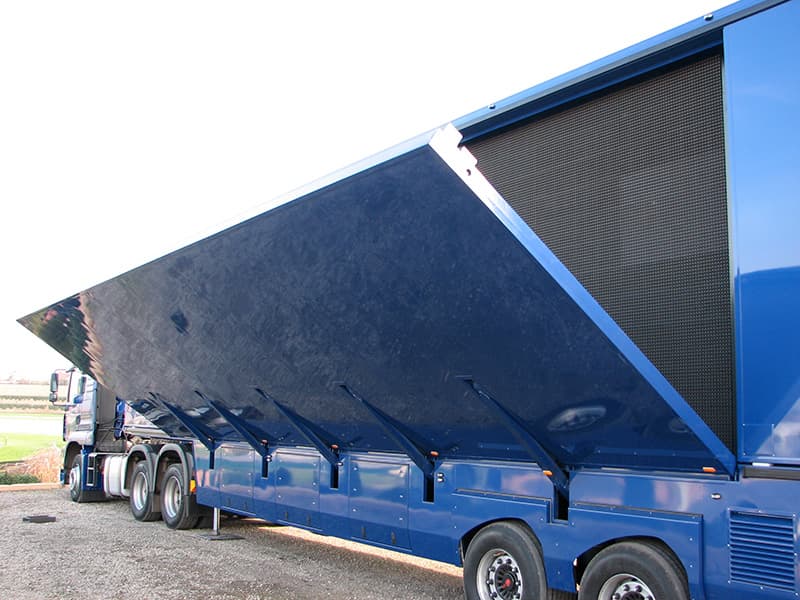
A video screen truck does its Transformers impersonation.
Truck images courtesy Race-Tech
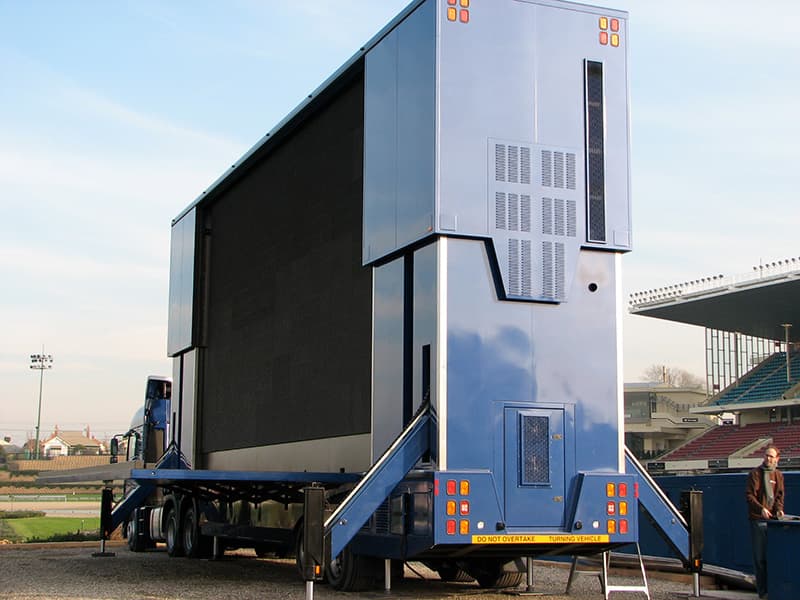
READY MADES VS ROLL YOUR OWN
While experienced video companies can build a LED display very quickly and efficiently, they still require a large (10+) crew of techs and loaders, a LED systems engineer, a rigger and a large truck to get all the gear on site. Then you need a counterweighted, windproof truss arch, complete with outriggers and chain motors, to actually suspend a LED wall that weighs a couple of tonne.
Building such a display in high pedestrian traffic areas in city centres involves a lot of pre-planning and logistics. You’ll get very little change from $30k for such a setup, whereas mobile LED screens are usually well under $10k depending on the size and resolution.
While there are over a dozen mobile LED suppliers in Australia, the majority have only one or two trucks or trailers to hire. If you’re after more options or flavours of LED screen the major players are PRG (formerly Bytecraft), Mediatec (formerly Massteknik), Oztronics and Race-Tech, to name but a few.

THE MAIN PLAYERS
PRG boasts the largest inventory of LED displays (well over 20), but their offering isn’t strictly mobile. The screens aren’t actually integrated into the body of the truck or trailer, instead they’re constructed and put into custom-made shipping containers that can be transported by trucks. Once on site, they can be either operated on the rear of a truck, or more commonly, crane-lifted to an alternate location, often where a truck can’t access. This allows them to be used in such places as elevated positions in stadiums and racetracks. The screens are home-based in Melbourne, but like all suppliers, their screens are usually scattered around the country at any given time. PRG almost exclusively use Hong Kong’s Lighthouse LED in their displays.
Oztronics, located on the Gold Coast, has a fleet of five custom-made mobile screens that house US-manufactured Daktronics LED. Company owner Alan Harvey has been trading for over 10 years and was one of the original suppliers when LED trucks and trailers began to emerge in Australia back in 1999. Oztronics has 18sqm, 24sqm, 25sqm and 2 x 32sqm trucks and works primarily within the horseracing market.
Race-Tech designs and builds mobile LED Screens in addition to hiring them out. The most popular is the RT20 trailer-based LED Screen that is designed to be towed by a 4WD and only has a 5m x 2m footprint. The RT-20 features a hydraulic mast that raises and rotates the LED screen. Race-Tech uses Barco LED tiles and has a range of configuration options depending on the event. It can provide a truck- or trailer-mounted option, and like PRG, can also use demountable ‘pods’ if you don’t want a truck in sight. Race-Tech boasts an inventory of 4 x RT20 trailers, an RT32 (32sqm) semi-trailer screen, and an HRV42 (42sqm) semi-trailer screen.
Mediatec’s trucks are not custom made in Australia but are imported from Mediatec Europe, where they are a market leader in the design and supply of mobile LED solutions. Mediatec currently has 2 x 40sqm mast trucks that use Lighthouse 25mm pitch LED and 2 x 40sqm non-mast trucks, that utilise Mitsubishi 20mm pitch LED. Owner, Owen Davison, who has been serving this specific industry for almost a decade, claims to have the largest, highest-resolution, matching mobile LED screens in the Australian market today. Mediatec also has 2 x 12sqm trailers that contain Lighthouse 16mm pitch LED. The mast trucks can elevate the screen to a lofty 8m from the ground, while the non-mast screens elevate to 4m. The trailers also contain control room space, which allows them to transform into camera or control rooms for events if required.
THE BIG PICTURE OF BIG PICTURES
All the providers I’ve just mentioned can provide their own electricity via built-in (or towed) generators or utilise existing power on site. In most cases this needs to be at least a 32A three-phase outlet for screens under 20sqm, and two such outlets for 30 and 40sqm screens. All video signal types can be catered for, with most vendors providing devices such as Folsom (now Barco) ImagePro scaler/switchers to upscale or downscale the signal before it enters the LED screen processor.
Audio synching due to video latency (the delay in displaying a live image due to the time it takes to process the signal) is not a big issue with LED screens, because these displays are usually deployed outdoors with the audio travelling long distances.
Like other screen displays, the brightness of an LED screen is measured in Nits (candela/sqm), with most outdoor screens being around 5000 to 7000nits. Careful balancing of the intensity is required during an event. While you may use full power during the day when the sun is out, you’ll need to lower the screen to a couple of hundred nits at night so you don’t blind your audience or overwhelm the event lighting.
There is plenty of choice out there, with all major LED manufacturers represented in the Australian marketplace. The quality is now very high while versatility and flexibility have also followed. The importance of careful pre-planning for these projects cannot be overstated; manoeuvring large trucks on site can be very challenging at the best of times. And one last caveat: it’s almost impossible to get one of these into your backyard for the next important football game… trust me.
MORE INFORMATION
Barco: www.barco.com
Daktronics: www.daktronics.com/au
Lighthouse: www.lighthouse-tech.com
Mediatec: www.mediatecgroup.com.au
Mitsubishi: www.mitsubishielectric.com.au
Oztronics: www.ledsuperscreens.com.au
PRG (Bytecraft): au.prg.com
Race-Tech: www.race-tech.com.au






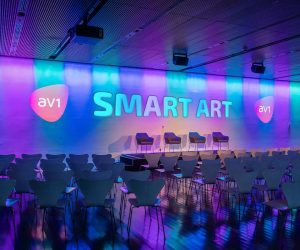
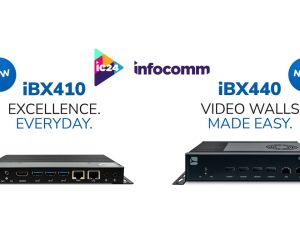

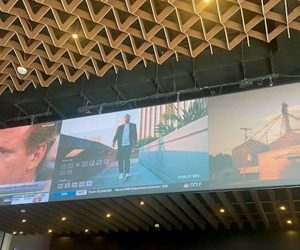

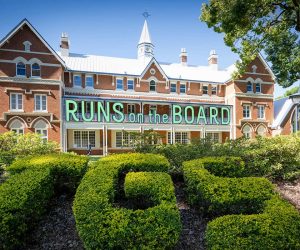



RESPONSES